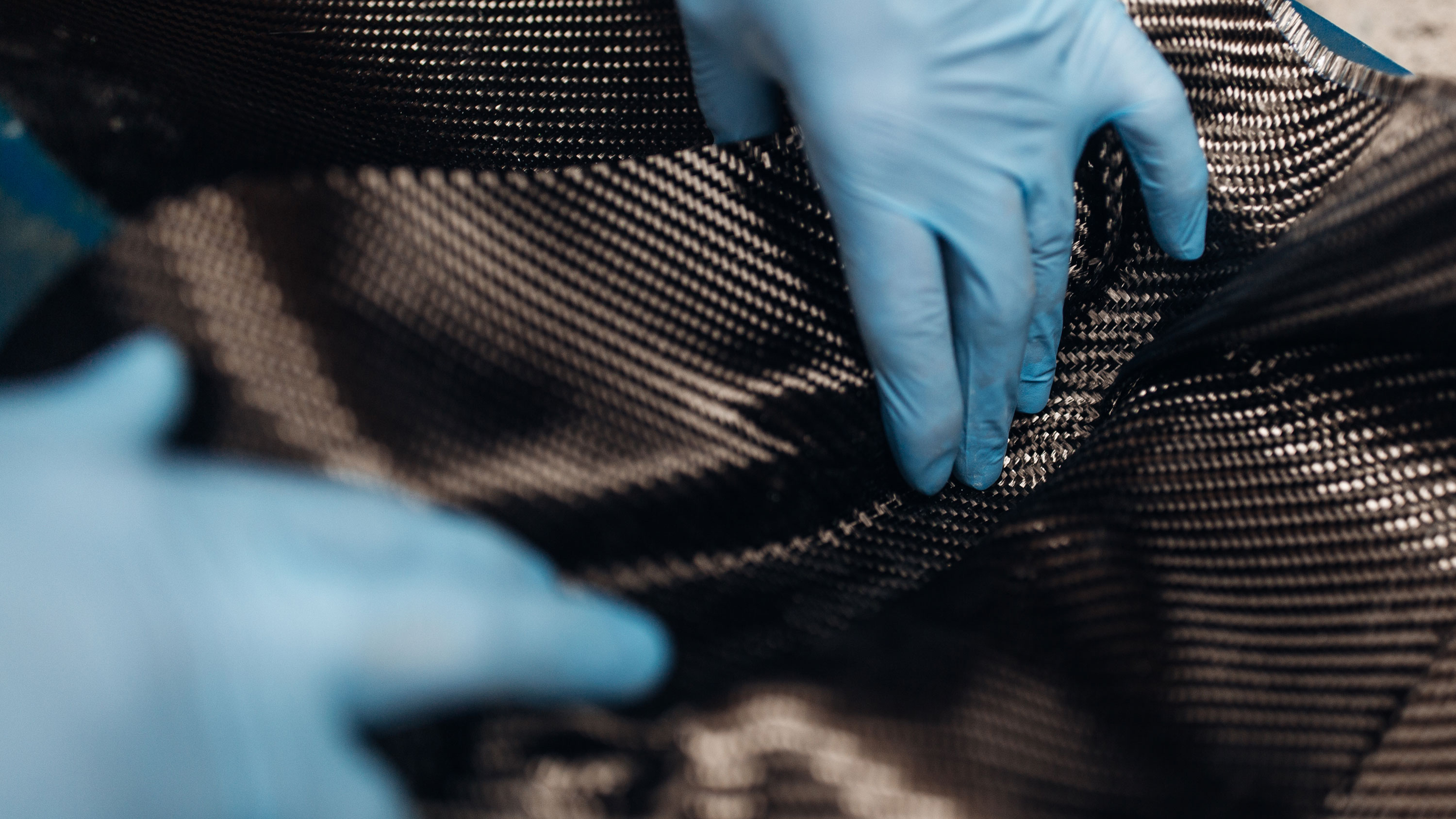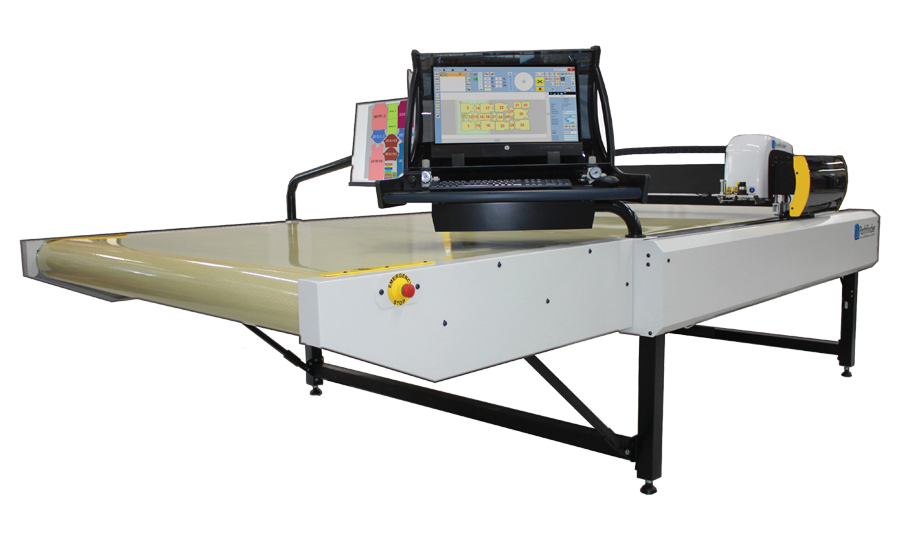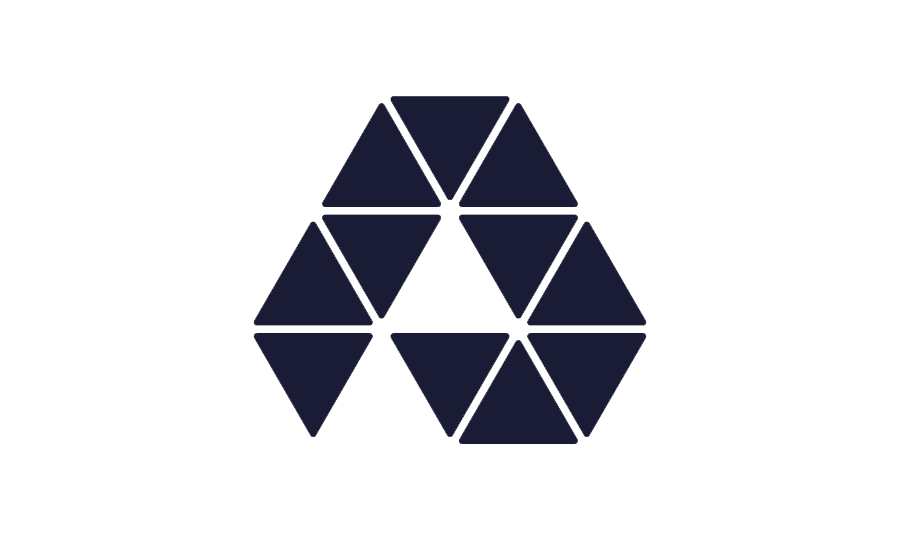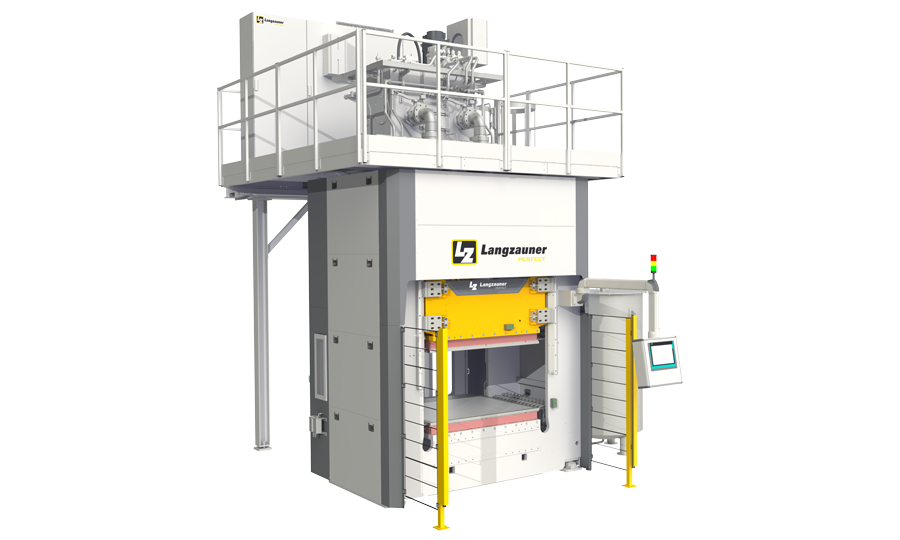Advanced composites are made by combining strong reinforcing materials, like fiberglass or carbon fibre, with polymer resin during such manufacturing processes as filament winding, infusion, resin transfer moulding and compression moulding.
Composites are popular in automotive, aerospace, and marine industries as in addition to offering strength, corrosion resistance, and possibility for intricate designs, they can be up to 75% lighter than traditional materials.
Capability overview
- Incorporating compression moulding, filament winding, large format 3d printing of moulds, advanced layup manufacturing methods, with automated fibre placement (AFP) planned
- Process productivity and part development
- Material traceability, process control, part geometry and integrity validation and delivery
- Flexural, interlaminar shear, V-notch shear, tensile and compression testing
What the AMRF can offer
- A truly turnkey composites manufacturing solution. The AMRF will manage your composites project by including design, planning, manufacturing, curing, and inspection/NDE with full traceability to the latest industry standards
- Composite part development - design to validation
- Access to diverse materials and manufacturing technologies
- Process control, production repeatability, advanced inspection and testing capabilities
Our specialised advanced composites equipment
Ply cutting delivers fast and accurate processing of various composite matting materials utilised in the manufacture of hand-layup composite components.
The control software of our machine optimises the nesting, material feed and cutting sequence, minimising material wastage, processing time and material handling.
Accessing ply cutting will allow you to introduce automated features, and experiment with process efficiency gains in ply preparation.
The benefits of access to our onsite equipment include:
- accurate and repeatable high-speed cutting of composite fabric plies
- nesting, kit sequencing and part identification for reliable processing
- minimising material wastage and re-work
- reduced manual labour input on repetitive cutting processes
How could ply cutting benefit your business?
Trialing ply cutting requirements through the AMRF will provide you with an opportunity to validate the benefits of this type of machine against current processes. You will also be able to make comparisons in labour versus capital cost, material yield, pattern repeatability, reduced production time, and kitting preparation effort.
Filament winding offers advanced capabilities for manufacturing of reinforced composite structures.
Our filament winder specialises in wrapping parts with towpreg (carbon, E-glass, basalt etc), enabling precise and efficient production across a range of component geometries in a controlled environment. The configuration makes it ideal for winding types III, IV, and type V Carbon Overwrapped Pressure Vessels (COPVs).
The benefits of accessing this equipment include:
- Validating towpreg winding process development without disrupting existing production
- Developing winding methodologies from simulation to proven application
- Testing traceability and inspection regimes before moving to production
- Production scale fixture development and testing
- Staff development in the application of filament winding and inspection
How could filament winding benefit your business?
Developing filament winding methodologies is a capital-intensive undertaking. Our investment in an industry scale robotic system and expertise, will provide an opportunity for you to investigate and apply this advanced manufacturing technique to specific production applications in a low cost and low risk environment. Whether it’s small volume in-space or large format transport vessels, or something in between, the AMRF can support your application.
Compression moulding is a versatile process designed for forming composite parts using moulding techniques. Compression moulding offers a high quality finish in terms of part consolidation, dimensional accuracy and defect mitigation.
Our equipment is used for proving tooling performance and moulding processes, supporting high-quality, high-production-volume applications where curing of both thermoplastic, and thermoset composites is required.
Access to compression moulding at the AMRF will provide you the opportunity to experiment with composite ply compression applications, through to complete cured moulding techniques. Moulding capability coupled with other onsite composite equipment and expertise, will enable broad product development scope under one roof.
The benefits of accessing this equipment include:
- process development using controlled parameters, stepping through pressure, temperature and curing differentials
- moulding trials utilising temporary tooling developed on our moulding press and precision machining work cells
- product validation through process control and metrology equipment
How could compression moulding help your business?
Utilising this moulding press will provide you with an opportunity develop cost effective production methods. These benefits are available no matter whether you are a start-up pursuing an MVP, or a mature manufacturer looking to prove out a process before going into tooling production. The press is ideal for manufacturing everything from sheet- or bulk-moulding compound, high stress structural applications using prepreg fabrics, and components with detailed cosmetic finishes in high-volumes.
Our custom moulding press will provide the operational flexibility to break down composite moulding processes and develop the required knowledge to validate the outcomes when scaling production.
Curing of composite parts is a necessary step in the production of large moulded parts. This includes parts made from both prepreg materials and those made with traditional resin infusion or hand wet-out methods.
The oven also allows for post-curing of composite parts (after demoulding) to achieve the required cured composite properties.
Heat treatment processes can be performed by utilising the full functionality of the Eurotherm Nanodac PID controller whereby the temperature profile can include ramps, dwells and hold stages.
The benefits of accessing this equipment include:
- Process development for large composite parts
- Curing parts with an extra level of confidence in the accuracy and capability of the equipment
- Development of high temp composite prepregs (up to 300°C)
How could a large composite curing oven help your business?
Access to this large format, fully programmable composite curing oven will enable the accurate and precise cure of thermoset and thermoplastic composite parts.
AMS2750G class 3 certification means an increased level of confidence can be maintained for part qualification and ongoing production quality assurance. The AMRF will also have the equipment required to perform temperature uniformity surveys and temporarily certify to a higher AMS2750 grade if required.
Speak with one of our team
If you require support in refining a particular composite process, or new component the AMRF composite suite is a practical low-cost entry point to consider.
Get in touch with our Lead Engineer for Composites to discuss your requirements.
Accelerate your business with the AMRF
Find out more about our services and how the AMRF can help you grow your business.
Check out our full rates and services


